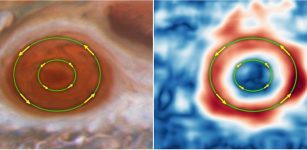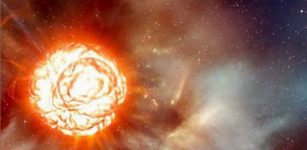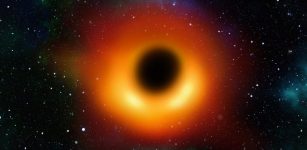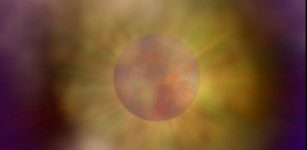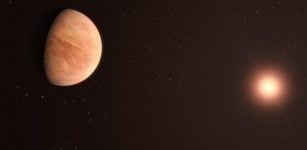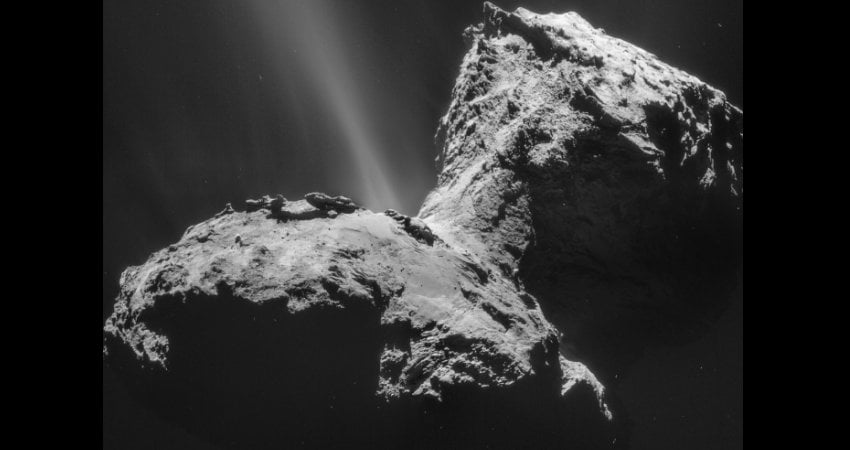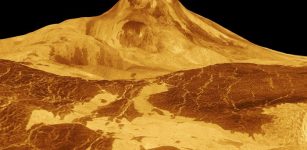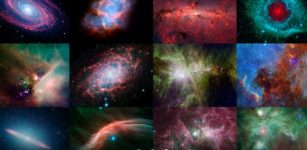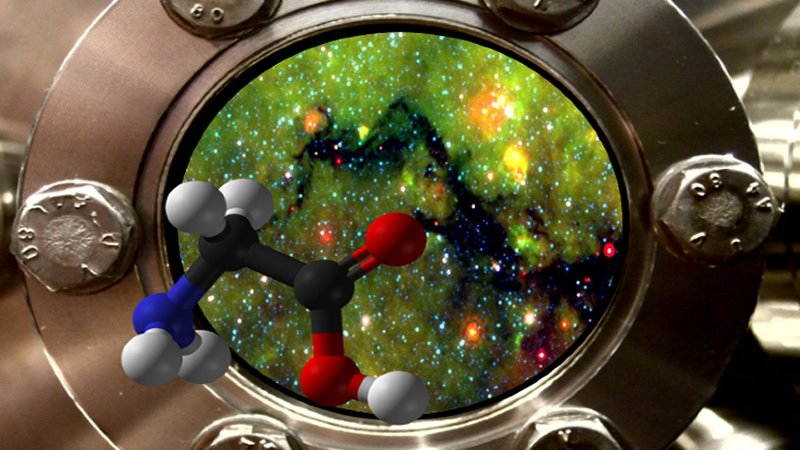Watch The skies! – Great Balls Of Fire -Taurid Meteor Shower In November
MessageToEagle.com – If you see fireballs streaking across the night sky this week, don’t panic: It’s just the annual visit from the Taurid meteor shower.
“The Taurids are not known for their high numbers, rather they are known more for the fireballs they produce,” the American Meteor Society said in a statement.
Fireballs are just extremely bright meteors, Space.com’s Joe Rao added.
The Taurid shower generally shoots about two to 10 meteors across the sky per hour, the society said. Though the meteors can be seen anytime in late October through November, this year’s peak will be Nov. 5-12. They will be visible in North America.
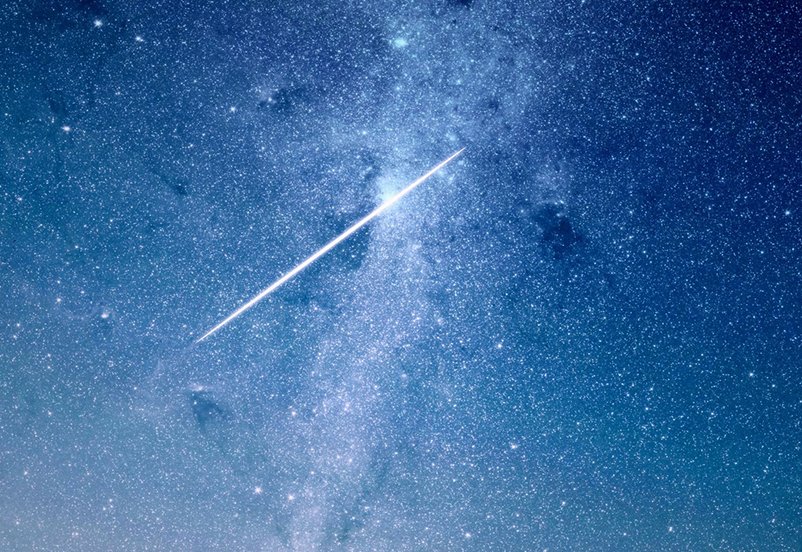
This will be a good year for the Taurids, as there won’t be a full moon to brighten the sky and disrupt the view, Rao said.
“The annual Taurid meteor shower is going on right now, and we are seeing steady activity in our meteor cameras,” said Bill Cooke, head of the NASA Meteoroid Environments Office. “Individuals should not be surprised if they see a bright meteor or fireball over the next few nights.”
There are actually two branches of this shower: the South Taurids and North Taurids. Both showers will appear to come from near the Taurus the Bull constellation.
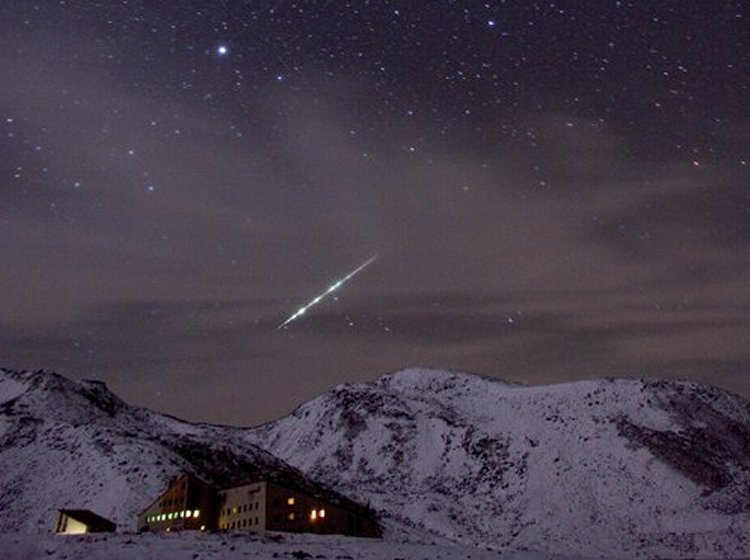
The North Taurids can be seen north of the constellation, with the opposite being true for the South Taurids, the Science Alert website said.
The best time to look for Taurids is after midnight, when Taurus is high in the sky, and when the sky is dark and clear, with no moonlight to mask the fainter meteors, NASA said.
The Taurid meteor shower is the result of tiny bits of dust and ice debris left behind by the comet Encke that’s orbiting the sun.
As Earth passes through this trail of cosmic debris, the particles (which are moving at 65,000 mph) burn up in the atmosphere, creating the fiery trails called meteors, shooting stars or falling stars.
There will be another chance later this month to see bright streaks in the sky when the Leonid meteor shower also kicks in. The much stronger Leonid shower is expected to peak around Nov. 17.
MessageToEagle.com
via Space.com

